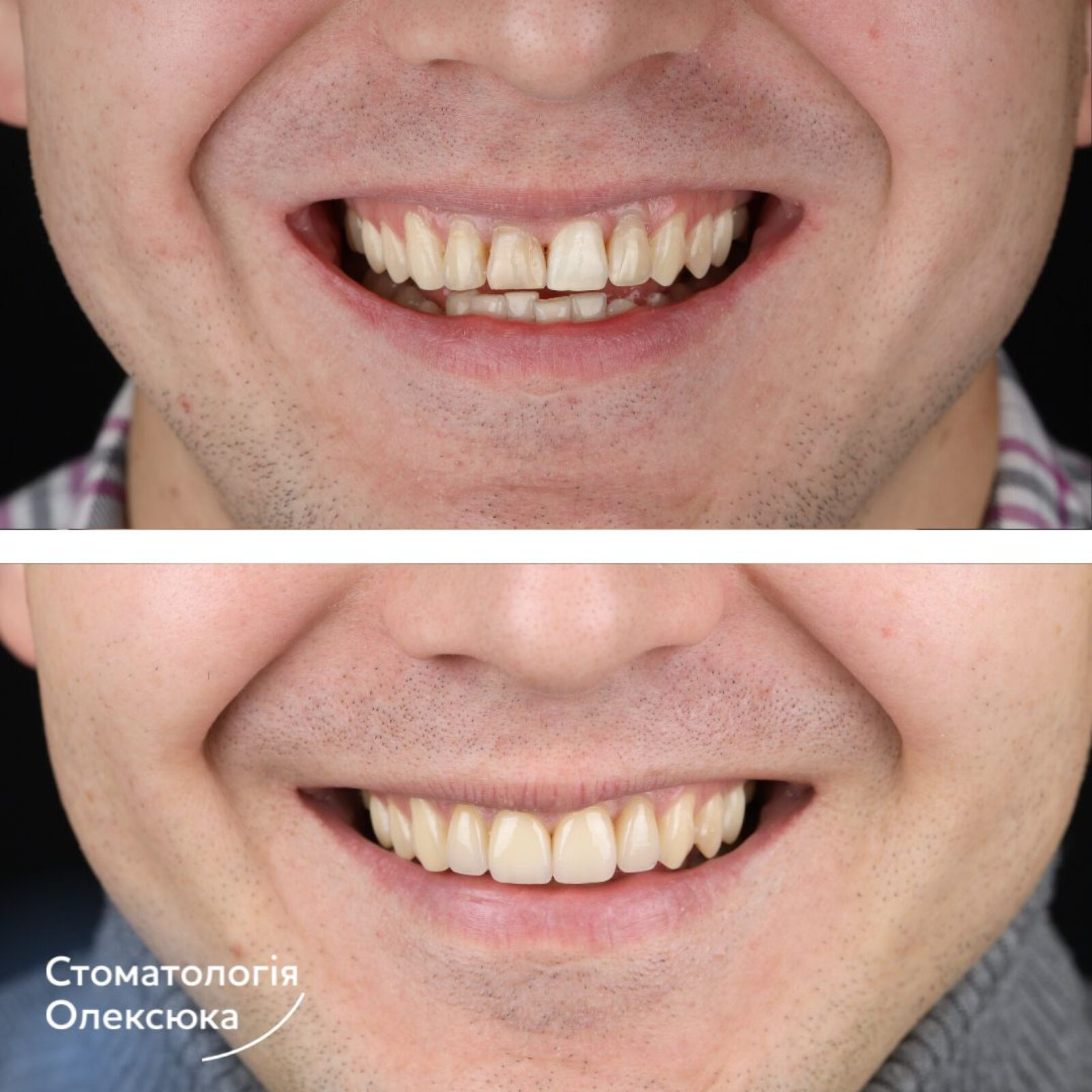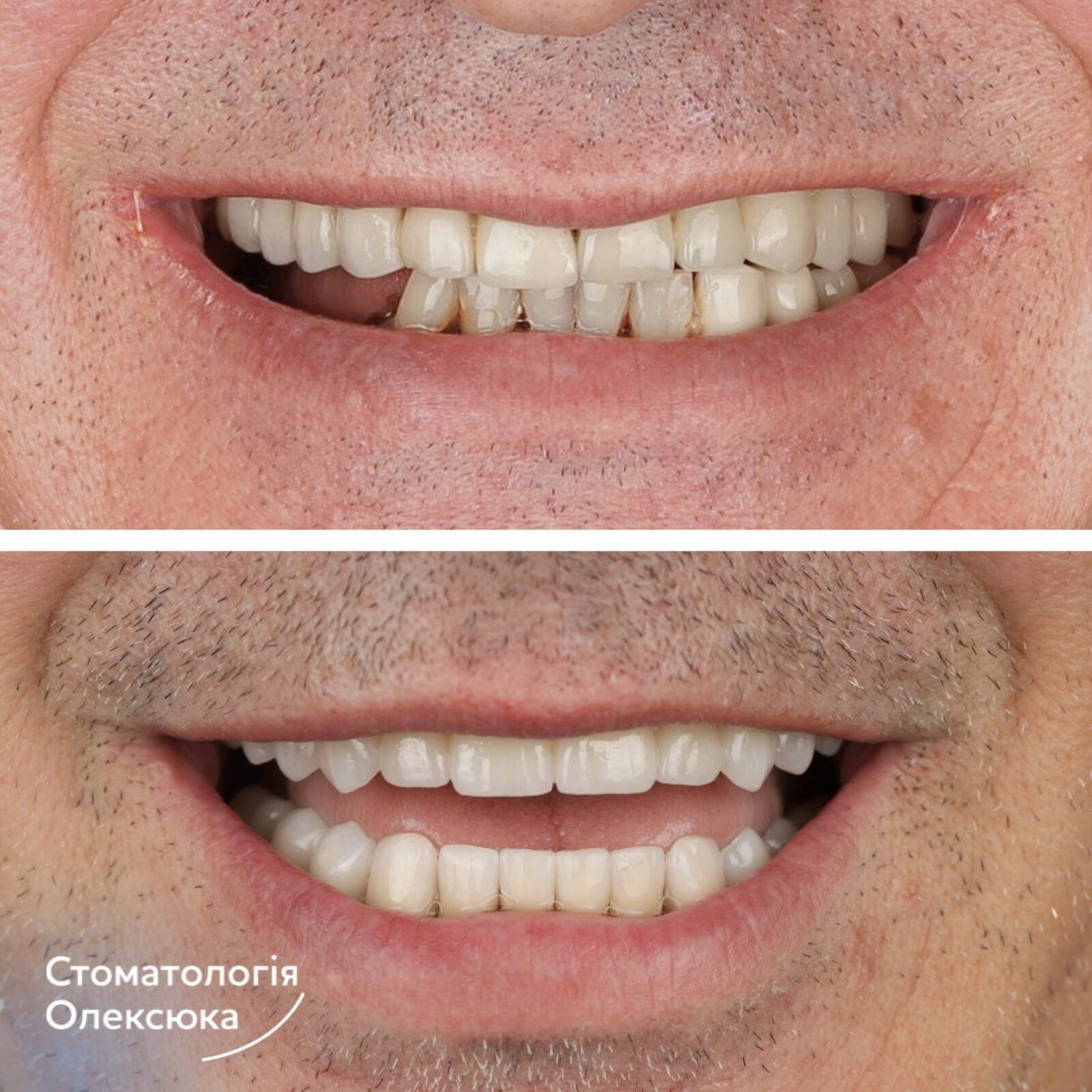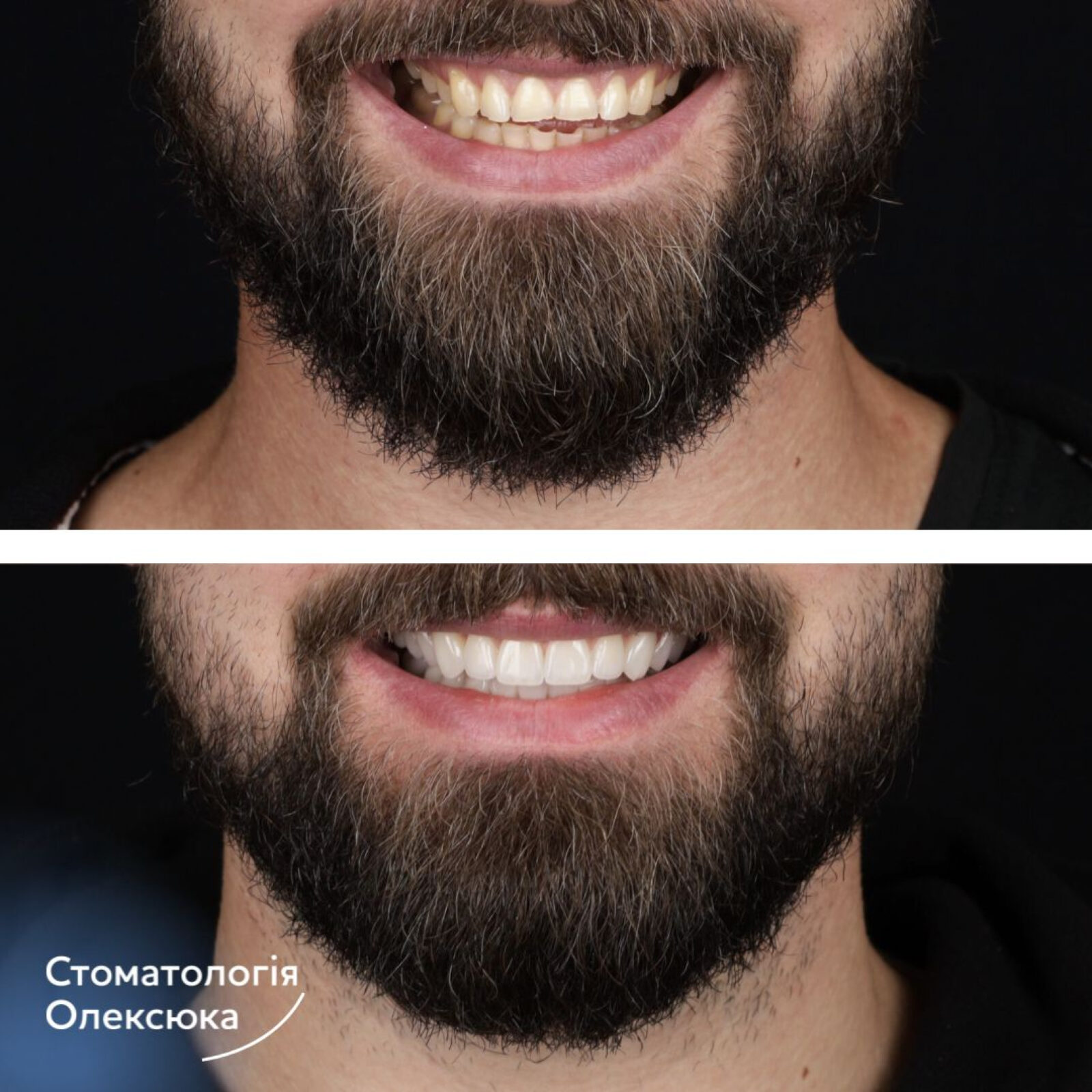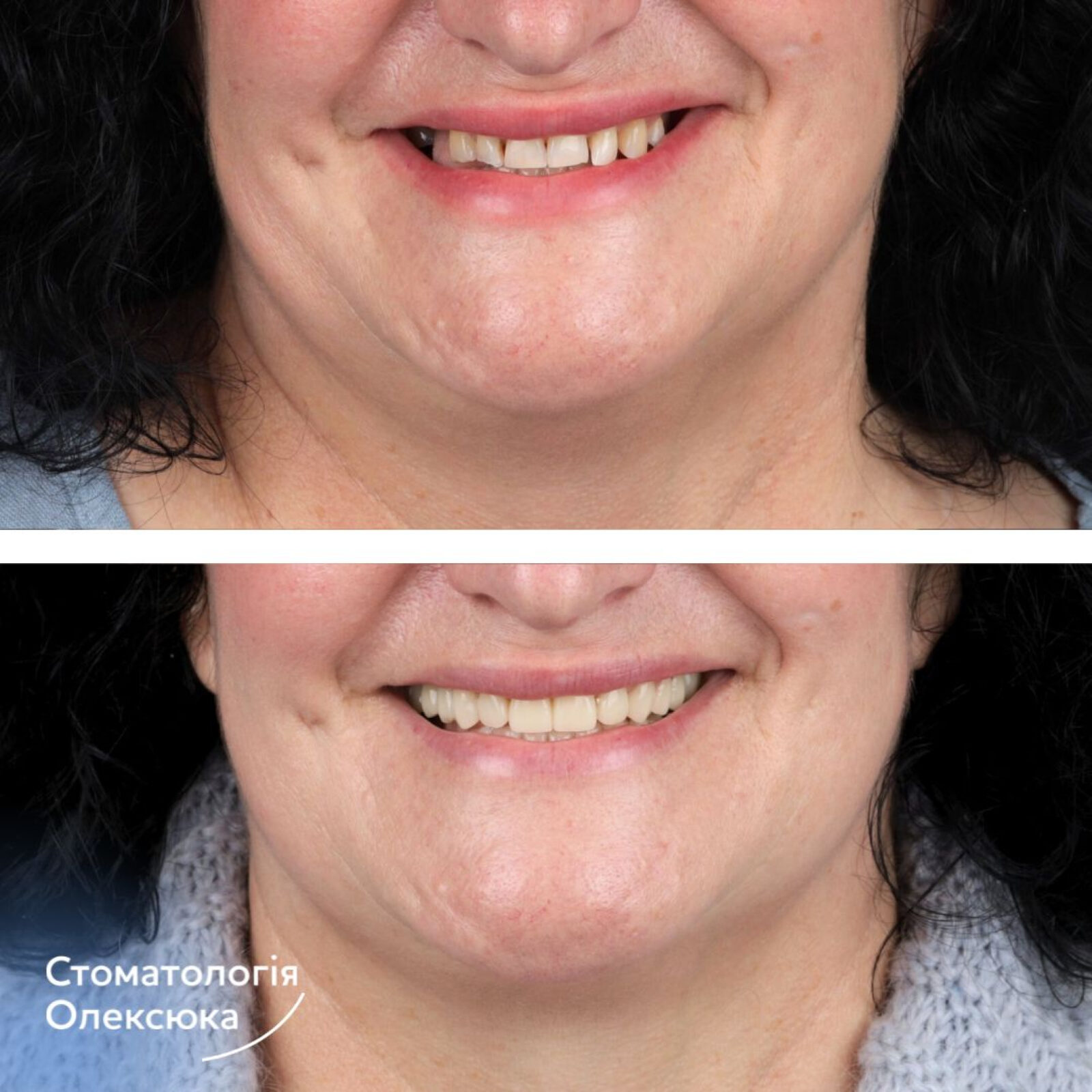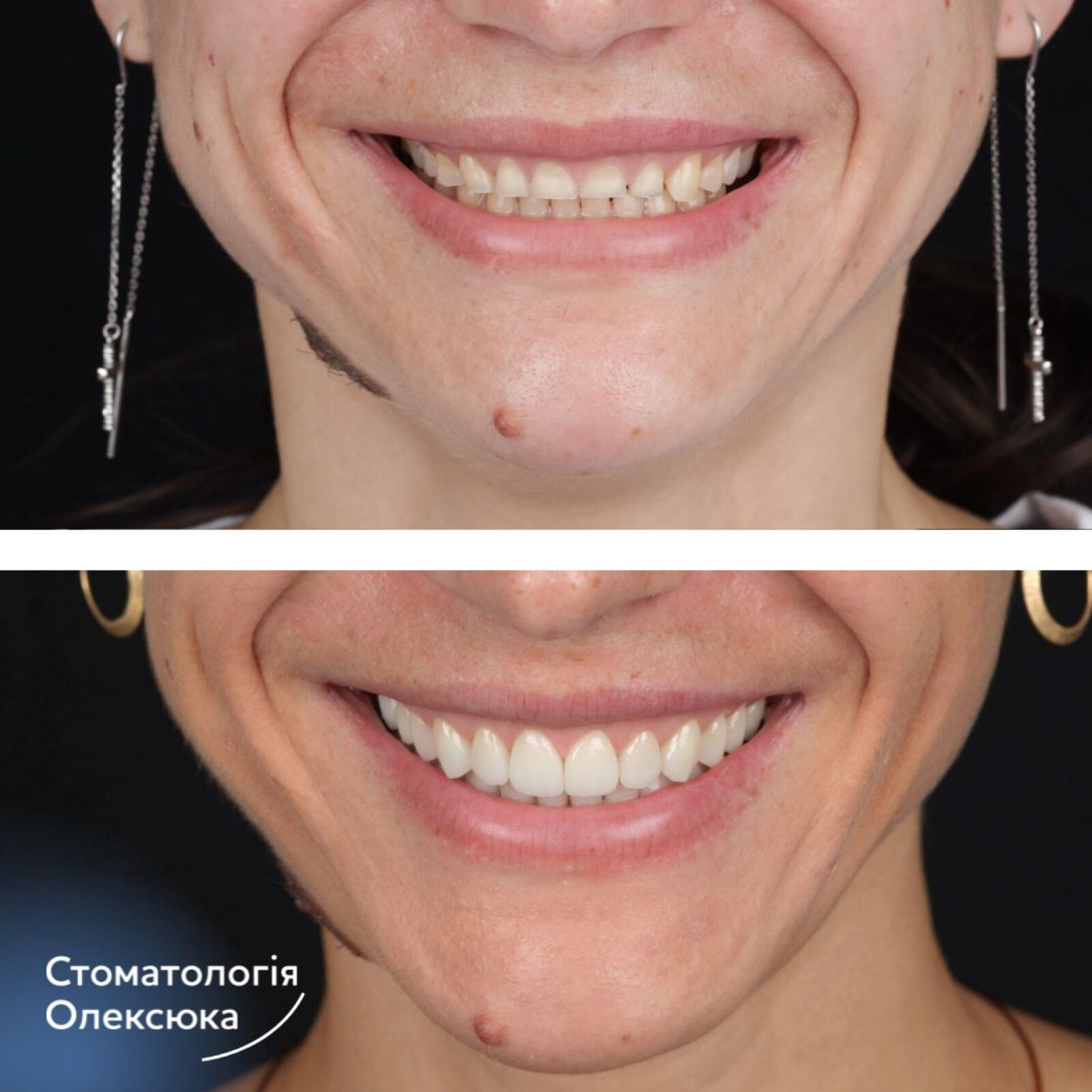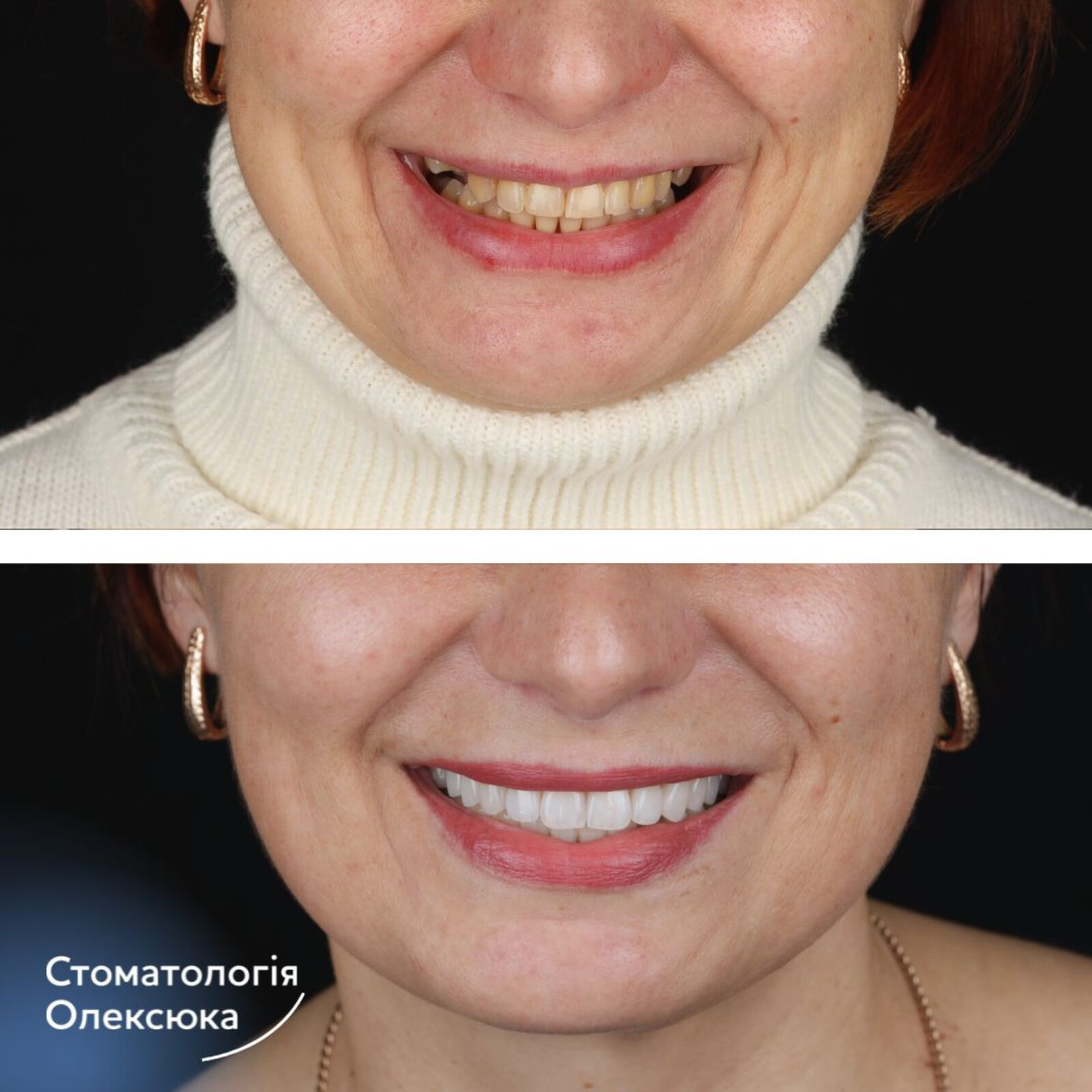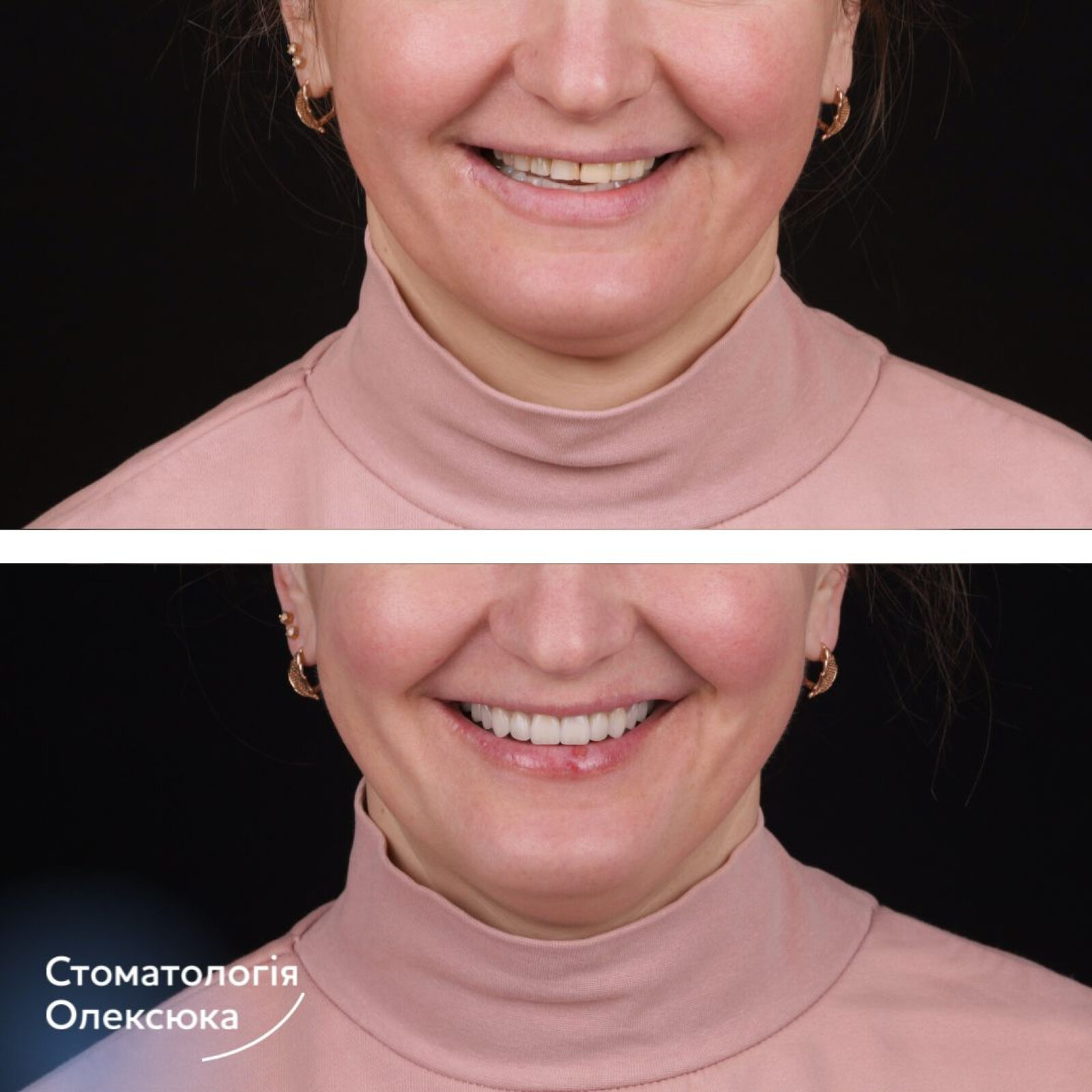Metal braces - types, fitting process, care and prices.
Metal braces are orthodontic systems for dental correction that are popular and widely used. Metal braces are used to correct the dentition in both adults and children. The design is made of medical stainless steel with the use of nickel-titanium alloys. The design of metal braces is quite complex, although at first glance it seems very simple. The orthodontic arch is made of flexible and elastic steel. It is this arch that moves the teeth in the right direction.
Types of metal braces.
Like other types of braces, iron braces are divided into vestibular (external) and lingual (those installed on the inside of the teeth).
Lingual braces are made of metal or alloys of different metals. It is simply pointless to make them aesthetic, because they are located inside the jaw and are invisible to others. Classic vestibular metal braces are divided into:
- - self-ligating metal braces (ligature-free) - the arch is fixed with a lock;
- - ligature metal braces - Here, elastic bands and ligatures are used to hold the arch in the bracket groove.
How metal braces are placed in our dentistry.
Before placing metal braces, we must perform a number of preventive procedures.
- Cleansing teeth from tartar and plaque, strengthening enamel using various techniques so that teeth are not damaged during the process of wearing braces for many months.
- After that, our hygienist will give you a thorough instruction on how to care for your teeth with braces.
- Our hygienist will tell you about the range of hygiene products that should be used so that your teeth do not suffer while wearing orthodontic systems.
- Next, the orthodontist carefully positions the braces. The quality of bite correction will depend on this.
Braces in the metal system are attached to the previously prepared tooth surface with a special glue. Then they are covered with a special fluoride paste.
Advantages and disadvantages of iron braces.
The advantage of of metal systems is 100% achievement of the desired effect. Other advantages include low cost compared to other types of braces and durability. The slight friction that occurs during treatment between the dentition and the bracket structure also contributes to faster achievement of good results.
The disadvantage of of metal orthodontic systems is their visibility on the patient's teeth. But, if you have the means, this disadvantage can be compensated by making brackets from modern non-ferrous alloys that give an aesthetic appearance. After that, the brackets will turn into a beautiful and fashionable accessory.
Caring for metal braces.
When treated with such a system, it is difficult to maintain oral hygiene. To solve such problems, it is necessary to purchase special brushes and devices designed for brushing teeth during braces treatment. Today they are sold in any pharmacy.
During the treatment period, the patient should change their diet and follow the recommendations of the orthodontist. During treatment, special attention should be paid to hygiene, because one of the main disadvantages of metal systems is the provocation of caries due to plaque accumulation.
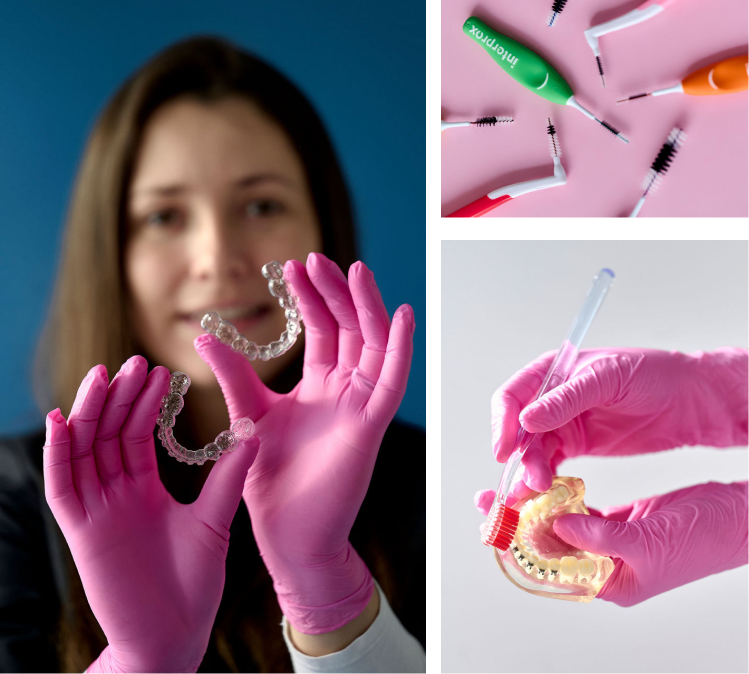
Ceramic braces - your smile is your prestige
Vestibular ceramic braces are one of the most common malocclusion corrections.
Despite their external location, these structures are not too noticeable to others, so they do not spoil the aesthetics of a smile.
Materials for the manufacture of ceramic braces.
The main elements of such orthodontic systems are made of high-quality dental ceramics. This is a matte material that is close in appearance to natural tooth enamel. The shade of braces is selected depending on the color of the patient's teeth.
The arc that connects the ceramic plates is made of a special metal. This part of the structure is most noticeable, but it does not spoil the smile, especially if it is covered with a white composite material.
Unlike sapphire elements, ceramics do not sparkle in the light, almost merging with the teeth. For some patients, this becomes one of the driving factors influencing the choice of braces.
Features of placing braces made of ceramics.
The process of placing ceramic braces has no distinctive features. It takes an average of 1.5 hours and consists of several main stages. The enamel of the teeth is treated for better adhesion to the braces, then composite glue is applied, the plates are positioned on the teeth in stages and pressed firmly for fixation. At the final stage, a metal arch is inserted into the grooves and fixed with special ligatures. The process of fixing self-ligating systems, which are attached with special locks, is faster and easier. They are more expensive, but more effective and convenient for the patient, as they do not require frequent visits to the dentist.
Advantages of ceramic braces.
The advantages of ceramic braces are that they:
- They look aesthetically pleasing and do not prevent a teenager or an adult from feeling attractive.
- They are securely fixed on the enamel surface and hold well on the teeth over time.
- They quickly become familiar to the patient, as the discomfort of the first weeks quickly disappears.
- They do not injure the mucous membrane, as is the case with metal systems.
- They allow you to take normal photos because they do not reflect light like sapphire and metal.
- They are rejected by the body in a small number of cases.
- They are cheaper than sapphire braces.
Disadvantages of using ceramics in orthodontic structures.
Like other bite correction systems, ceramic braces have certain disadvantages. The main disadvantages:
- Cost. Ceramics are more expensive than metal and plastic.
- Tight fit to the tooth surface. This can aggravate existing enamel damage.
- Medium strength. Braces made of dental ceramics require care when caring for and eating.
- Duration of treatment. These systems will have to be worn on the teeth longer than metal ones, since the force of their impact on the teeth is less. Ceramics retains its original color well throughout the entire treatment period. But lovers of coffee, freshly squeezed juices and berries should keep in mind that plaque that accumulates on braces quickly stains, so they become darker.
Therefore, increased attention should be paid to the cleaning of ceramic bite correction systems.

Price.
- Orthodontic appliance for the maxilla with an expanding screw and arch 8000 UAH
- Mouth guards (Preorthodontic trainers) 250 euros
- 2x4 system for one jaw 350 euros
- The device (Hayrex) 500 euros
Make an appointment!
We will call you back as soon as possible to clarify the details of the appointment. If you have any questions, our manager will answer them
Lingual (internal) braces Incognito (Incognito) - invisible bite correction.
Attention! Dentistry "Oleksiuk" is a certified dental center in Ukraine for working with the lingual system "Incognito".You can get advice on braces by calling (0352) 40 00 08 or (098) 130 13 71.
Advantages of lingual braces.
According to statistics, about 90% of people alive today had uneven teeth in childhood, for which there are many reasons: from genetics to the habit of sucking their thumb in childhood. It is possible to straighten the dentition in adolescence with braces, but many young people refuse them because braces are supposedly very visible on the teeth.
Gradually, a noticeable facial deformity develops, which, along with crooked teeth, does not add to self-confidence in adulthood. As a result, it will take longer and more expensive to correct defects in adulthood. In order to avoid all these problems, it is worth installing lingual braces, which remain completely invisible to other people, as they are located on the inside of the crowns of the teeth.
Treatment with lingual braces is characterized by a lot of advantages.
It is also important that wearing lingual internal braces practically eliminates the likelihood that the patient will need to stop treatment early due to the appearance of complexes or the approach of such an important event as a wedding, where all newlyweds want to look perfect.
When are lingual braces indicated...
Invisible braces are used to correct dentition closure disorders or tooth position. Sometimes their placement provides a much better effect than the placement of vestibular braces.
Sometimes a greater therapeutic effect can be achieved by combining them with external orthodontic systems. For example, lingual braces are often placed on the upper jaw, and vestibular braces are placed on the lower jaw. This combination can be used in the presence of certain features of the jaw structure, as well as in case of difficulties with adaptation to lingual systems or for reasons of economy.
Before putting on lingual braces, it is necessary to cure caries and eliminate acute inflammatory processes in the oral cavity. An experienced doctor will be able to tell you how long to wear lingual braces after the diagnosis, but it should be borne in mind that new problems may appear during treatment, which may slightly delay the wearing of the bracket system.
Lingual braces are made on an individual basis. First, impressions are taken and dental photographs are taken. Then an individual orthodontic design is developed, after which the braces are fixed to the inside of the crowns of the teeth, and a long treatment process begins.
How long should I wear invisible braces?
On average, invisible braces have to be worn for 1-1.5 years. As with any other orthodontic structures, lingual braces take some getting used to. It will take 2-4 weeks. Thanks to the individual design, the discomfort that occurs when wearing lingual braces is minimized.
Read more about Incognito braces.
Incognito lingual braces (made in Germany) are made of an alloy based on gold. Such systems are ideal for people who are allergic to nickel. It will take approximately 1.5-2 months to manufacture the Incognito lingual orthodontic system. Incognito lingual braces have the following advantages.
- absence of diction disorders that sometimes occur immediately after the placement of visible braces;
- the ability to eliminate tooth twisting with a vertical groove without the use of other devices;
- Their self-cleaning ability is higher than that of external orthodontic systems;
- Incognito braces are manufactured only in Germany, so you don't have to worry about quality.
In order to make an Incognito brace, an orthodontist refers a person for a detailed tomography and X-ray, then makes an impression of the teeth. Using a special program, a model of the jaw is created and the parameters of the future brackets are carefully selected.
The main advantage of lingual braces is that you can enjoy the result long before the end of treatment. The first changes will appear after 2-3 months of wearing the system, so your appearance and smile will be transformed gradually, without raising questions from the people around you.
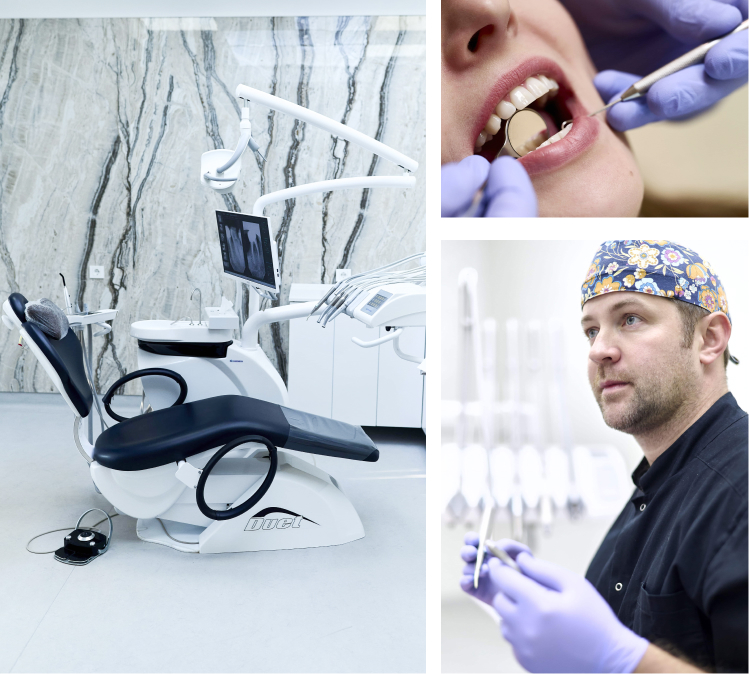
Aligners for teeth straightening (aligners)
Dental aligners are removable orthopedic devices made in the form of two interconnected plates of transparent polymeric materials. The main purpose of this dental instrument is to correct minor malocclusion. Mouth guards are made individually for each patient, for this purpose, a picture of his or her jaw is taken.
The material used is usually silicone or plastic, so mouthguards can be worn by people with an allergy to nitinol (the metal used to make the braces' arch). The aligner must be worn for the whole day (about 22 hours), it acts with a slight force on the dentition, gradually aligning it. This method of treatment is suitable for people who have minor defects in the dentition.
What types of mouthguards are used?
Depending on the quality and complexity of the design, they are of the following types:
- Standard dental aligners - are mass-produced at the factory and are used to align teeth by selecting the size. It is very difficult to find a more or less accurate mouthguard, so most often the design does not fit well on the dentition and can rub the gums.
- Thermoplastic mouth guards are also factory-made, but the material from which they are made has one interesting property: when heated, it becomes soft and easily takes the required shape when cooled. Such models are put on the dentition after being placed in hot water. As a result, the structure is tightly fixed, repeating all the features of the patient's teeth.
- A custom-made aligner is a more expensive design option. It requires a lot of time to manufacture, as it requires taking measurements and making an accurate 3D model. However, such a product will exactly repeat the shape of the patient's dentition, and therefore will be more comfortable to wear. In addition, the most complex malocclusion can be corrected in this way.
The method of therapy with the help of aligners (bite treatment with aligners).
Before starting correction with this method, the orthopedic surgeon conducts an examination and identifies the disorders that need to be corrected. Next, a treatment plan is drawn up and the type of aligners that a particular patient needs is selected. Measurements are taken and impressions are made of the dentition of the upper and lower jaw. Using the impression, a plaster model is made in a special laboratory, which is stored throughout the treatment process. It is used both for the manufacture of the first mouthguard and all subsequent ones after the necessary corrections have been made.
The finished structure is fitted to the patient. Then, periodically, the patient must visit the doctor to monitor the treatment and replace the mouthguard (if necessary). The time for correcting tooth growth using this method depends on the complexity of the defect and can take from several months to two years.

Our doctors
Make an appointment!
We will call you back as soon as possible to clarify the details of the appointment. If you have any questions, our manager will answer them

